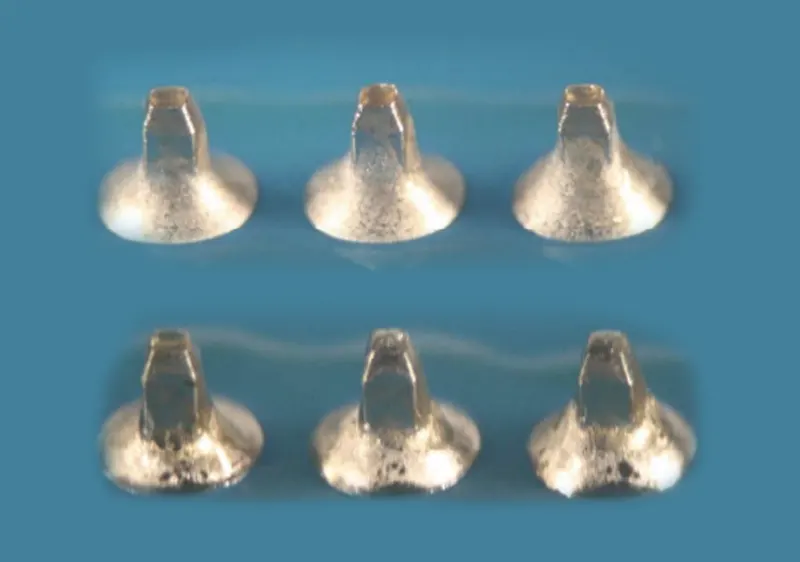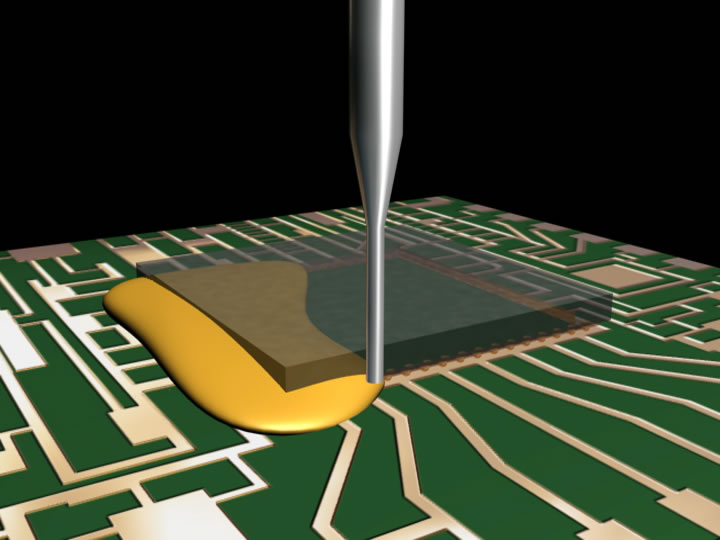-
Why thermal management in PCBs?
1. Higher density of components in PCBs surface
The electronic industry field is witnessing the increasing trend of thinner and smaller handheld devices and household appliances. That is why the spaces among components on electronics PCBs are getting closer and closer, making the heat harder to transfer out of PCBs components.
2. Higher power dissipation
With smaller and more advanced devices, not only does the density increase, but the information amount a component carries also rises causing more power dissipation of a component.
These two main reasons are what cause the demand for the control of heat in the electronics PCBs is constantly increasing to ensure products’ reliability and productivity
In short, devices that run cooler last longer with better performance.
-
Understanding thermal resistance and heat transfer in PCBs
Thermal resistance is the component-specific metric and one of the most important ones needed to calculate to know the suitable operating temperature for the PCBs in general. Lower thermal resistance means the PCBs can withstand higher temperatures from the environment
Even though TR is a fixed metric of a component on PCBs, we can decrease the thermal resistance by boosting heat transfer through adding some materials and devices below PCBs or above components.
-
Materials and devices for better thermal management in PCBs
| 1. Silicone thermal pad: sit between 2 components and transfer heat from one to another (between heat sink and a hot component). Two outstanding properties: effective gap fillers & efficient conductors | 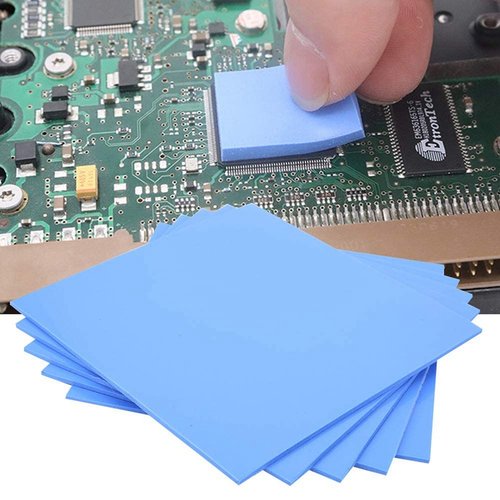 |
| 2. Non-silicone thermal pad: same function as silicone thermal pad but exclude siloxane outgassing and oil-bleeding, which is necessary condition in many applications in optical, medical, sensor devices require non-silicone products | 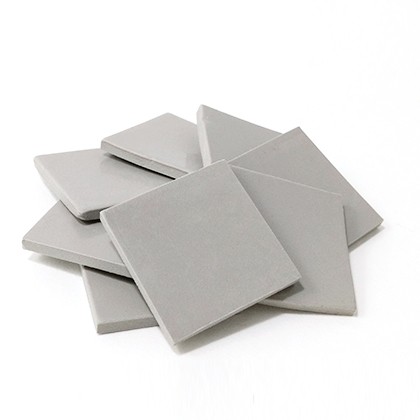 |
| 3. Thermally conductive tape: The same area of function as thermal pad but adding mechanical attachment property which help replace fastener in case the heat sink has no retention system. (Inferior thermal conductor compared to thermal pad) | 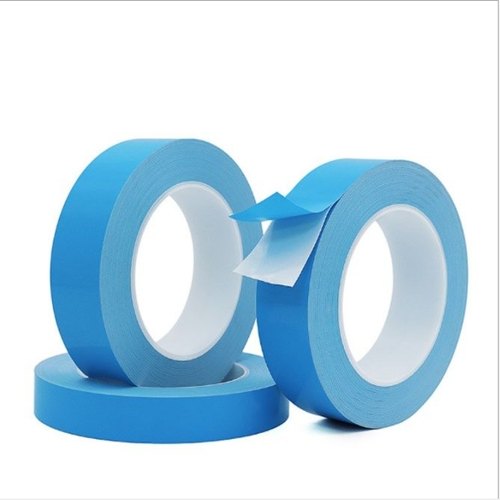 |
| 4. Thermal grease (or thermal paste): is a substance used to increase heat conduction between two surfaces (commonly between a heat sink & a microprocessor) | 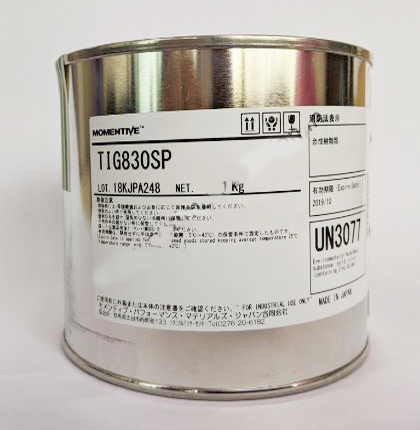 |
| 5. Phase change materials : are substances that absorb and release thermal energy (heat) during the process of melting and freezing. They are called “phase change” materials because they go from a solid to a liquid state during the thermal cycling process. Phase change materials (PCMs) are designed to offer the thermal performance of greases, with the advantages of pre-cured thermal pads, in a single material. | 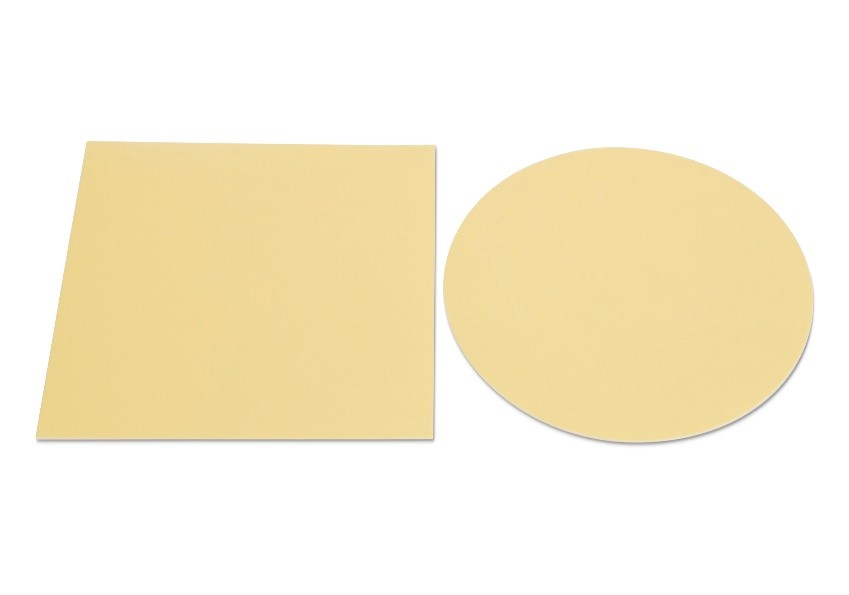 |
| 6. Heat sink: passive component which helps decreasing the thermal impedance between the device they are attached to and air by increasing the convection surface area of the device and are made of a material that transfers heat better than typical semiconductor materials. | 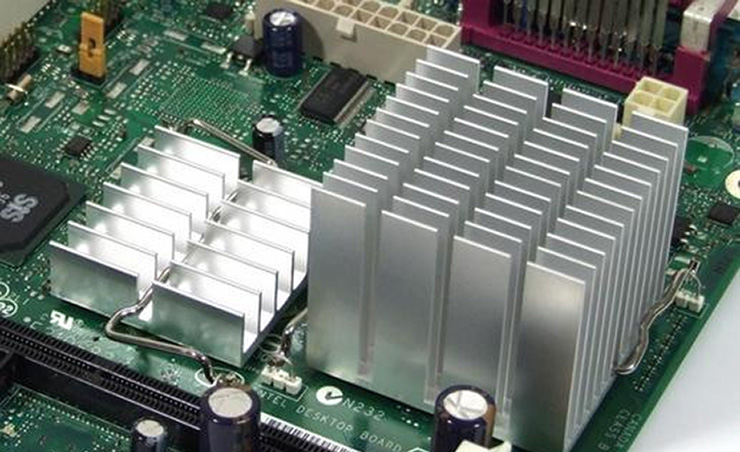 |
| 7. Heat spreader: is a device having high thermal conductivity that is transfer heat from a heat source to a heat sink or heat exchanger. Heat spreaders can be solid conductors like copper, aluminum, or diamond or they can be phase-change devices like heat pipes and vapor chambers. | 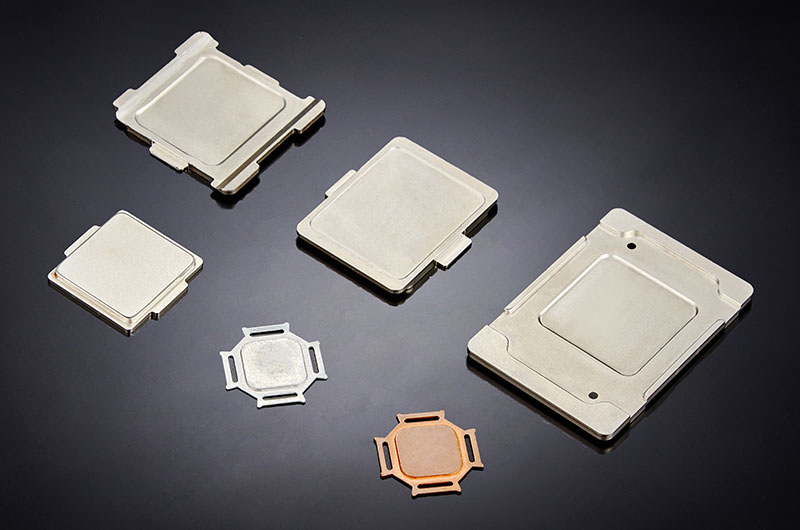 |
Based on a particular application we use different material or devices but, in most cases, we need to combine some of them. Wondering a suitable thermal management system for your PCBs, contact us directly through:
Hotline: (+84) 984 695 398
Email: gluexpert@prostech.ph



